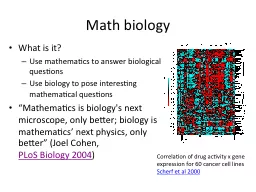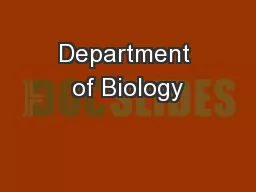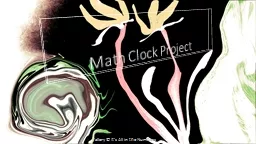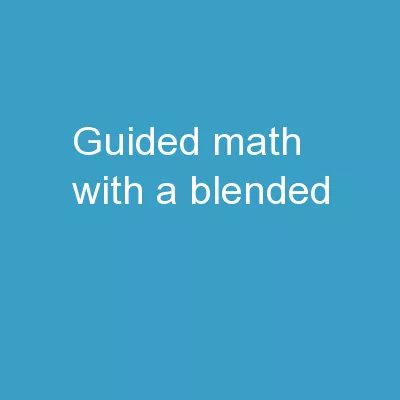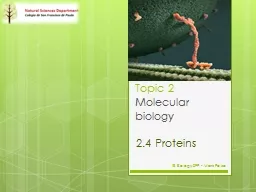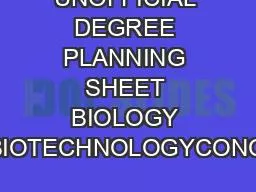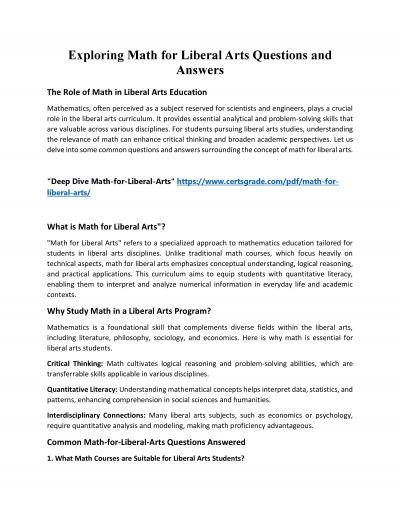PPT-The Biology and Math Interface Group Presents…
Author : lois-ondreau | Published Date : 2018-03-14
Our Teachable Tidbit Topic Exponential growth and decay with applications to biology Learning Outcomes F rom T idbit The student should be able to Fit an exponential
Presentation Embed Code
Download Presentation
Download Presentation The PPT/PDF document "The Biology and Math Interface Group Pre..." is the property of its rightful owner. Permission is granted to download and print the materials on this website for personal, non-commercial use only, and to display it on your personal computer provided you do not modify the materials and that you retain all copyright notices contained in the materials. By downloading content from our website, you accept the terms of this agreement.
The Biology and Math Interface Group Presents…: Transcript
Download Rules Of Document
"The Biology and Math Interface Group Presents…"The content belongs to its owner. You may download and print it for personal use, without modification, and keep all copyright notices. By downloading, you agree to these terms.
Related Documents


